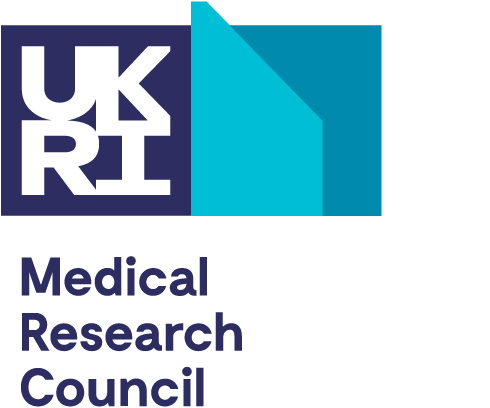
ISRCTN registry
🔔 Important update: ISRCTN login changes
We’ve upgraded our login system to use Springer Nature IDs for improved security and consistency.
What this means for you:
- Your ISRCTN account and all its contents are safe — including drafts, submissions, and editorial access.
- To access your account, you’ll now need to log in using a Springer Nature ID.
- If you already had an ISRCTN account, just create a Springer Nature ID using the same email address you used before. This will automatically reconnect you to your existing ISRCTN account.
Important note about passwords:
If you already have a Springer Nature ID using the same email as your ISRCTN account, your Springer Nature ID password may be different from your old ISRCTN password.
If you try to log in using your old ISRCTN password, it will not work. You must use the password associated with your Springer Nature ID.
If you’re unsure whether you have a Springer Nature ID, or if you’ve forgotten your password, you can check or reset it here:
https://my-profile.springernature.com
The ISRCTN registry is a primary clinical study registry recognised by the World Health Organisation (WHO) and the International Committee of Medical Journal Editors (ICMJE) that accepts all clinical research studies (whether proposed, ongoing or completed), providing content validation and curation and the unique identification number necessary for publication. All study records in the database are freely accessible and searchable.
ISRCTN supports transparency in clinical research, helps reduce selective reporting of results and ensures an unbiased and complete evidence base.
The registry aims to include all interventional and non-interventional clinical studies that prospectively involve UK participants and evaluate biomedical or health-related outcomes.
Studies conducted outside the UK or considered to be non-clinical studies (e.g. public health studies) can be registered on ISRCTN.
Studies should ideally be registered prospectively (before recruitment starts). ISRCTN also accepts studies registered retrospectively once they are underway or after completion.
Collaborators



.png)


.png)

